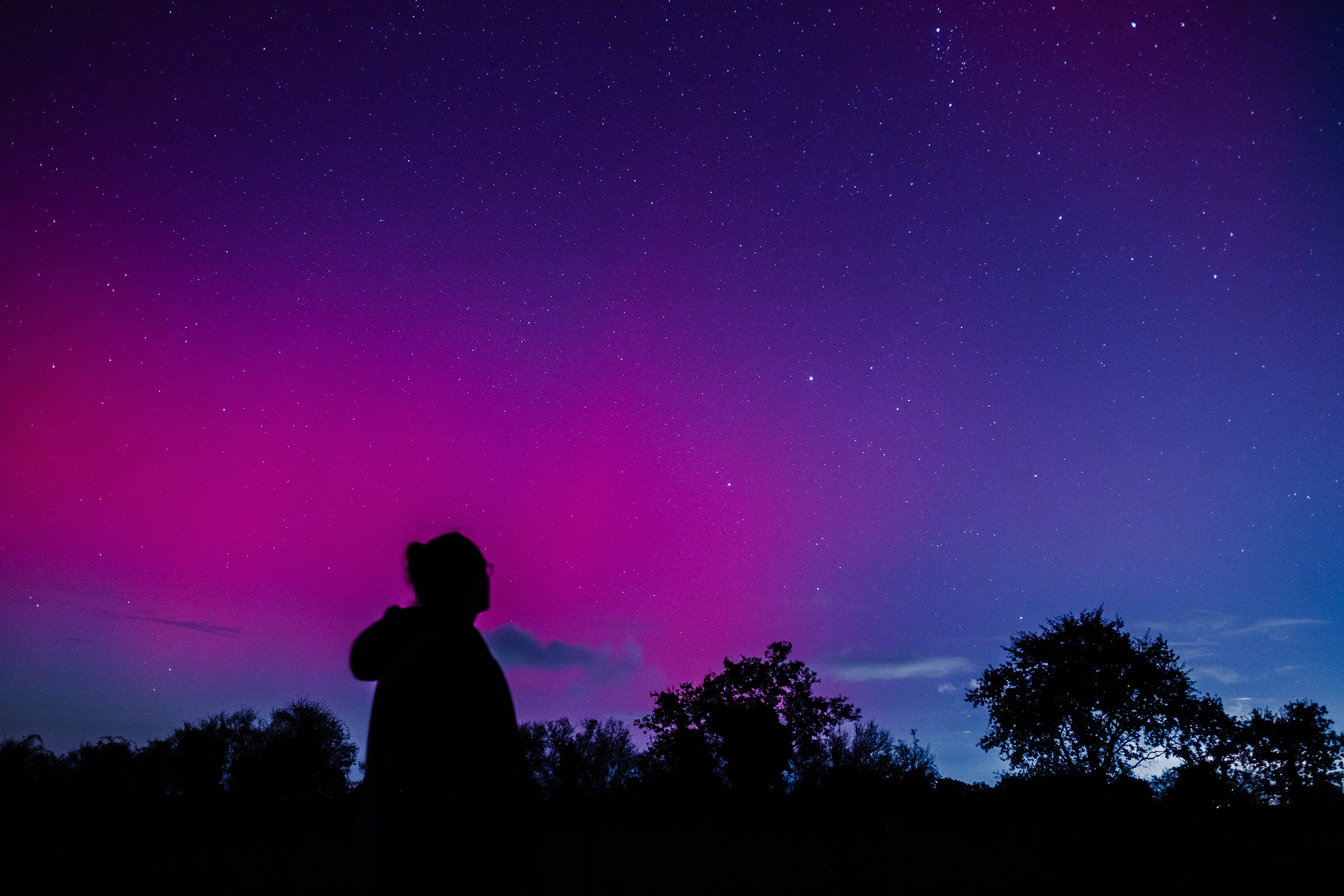
Double Solar Eruption Triggers Rare Northern Lights Alert for 17 U.S. States
Hey everyone, have you heard what’s happening in the sky this week? If you’re anywhere near the northern half of the U.S., or in Canada, you might want to keep your eyes on the heavens—because the aurora borealis, the famous Northern Lights, could be putting on an incredible show. And this time, it’s not just the usual suspects like Alaska or Canada catching the glow. We’re talking about a rare and potentially dazzling celestial event reaching as far south as states like Illinois and even northern Oregon.
Also Read:- Blue Jackets’ Late Surge Ignites Playoff Hopes and Team Spirit
- Golden Knights Rest Stars as Flames Face Do-or-Die Showdown
So, what’s going on? Basically, the sun has been extra active lately. Over the past weekend, it released not one but two coronal mass ejections—or CMEs, which are massive bursts of solar particles. These CMEs are headed straight for Earth, and they’re expected to hit on April 16. When these high-energy particles slam into Earth’s magnetic field, they can create geomagnetic storms—and that’s what leads to the auroras. This week, NOAA (that’s the National Oceanic and Atmospheric Administration) upgraded its alert to a G3-level geomagnetic storm, which is considered strong. That means the Northern Lights could be visible much farther south than usual.
This “double eruption” was unusual not just for its strength but also for how it happened. It wasn’t your typical sunspot-related solar flare. Instead, two magnetic filaments—dense, plasma-filled tubes suspended above the sun’s surface—became unstable and erupted in quick succession on April 12th and 13th. That rare back-to-back event shot those CMEs toward Earth, sparking this week’s alert.
Now, here’s the exciting part. Seventeen U.S. states could catch a glimpse of the aurora, especially in rural areas far from city lights. We’re talking about Alaska, Washington, Oregon, Idaho, Montana, Wyoming, the Dakotas, Minnesota, Iowa, Wisconsin, Illinois, Michigan, New York, Vermont, New Hampshire, and Maine. If you live in one of these states—or you’re just up for a night of stargazing—it’s time to charge your camera, grab a blanket, and look up.
Timing will be everything. These displays depend on real-time solar wind data, which means we only get about 30 minutes of notice before the lights hit their peak. NOAA’s Space Weather Prediction Center and some aurora tracking apps like Glendale can help you stay in the loop with alerts.
It’s not every day we get this kind of opportunity. The last major aurora that reached this far south was in 2024 and rated a G5—the strongest since 2003. So while this one isn’t quite that extreme, it’s still a big deal. Whether you’re a seasoned skywatcher or just someone who loves a good night under the stars, don’t miss this. The sky is literally putting on a show. Here's to clear skies and unforgettable sights.
Read More:

0 Comments